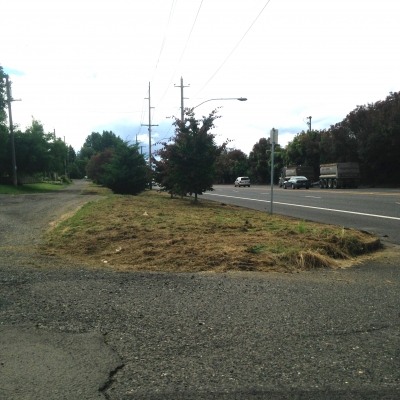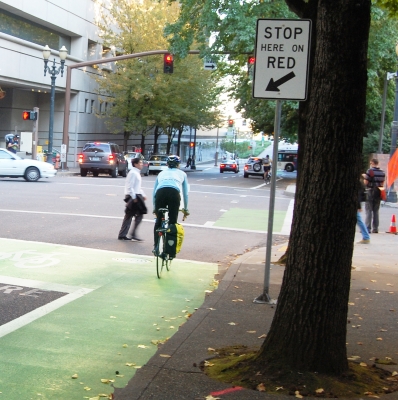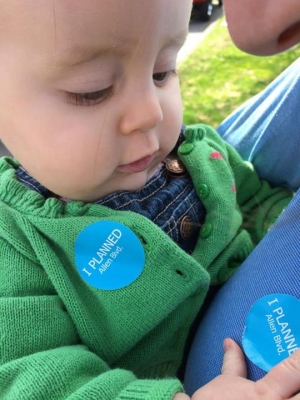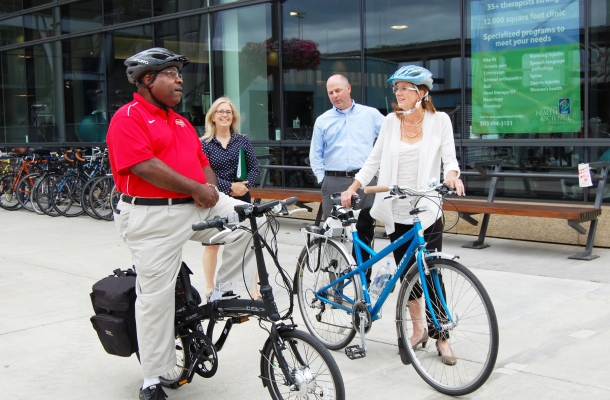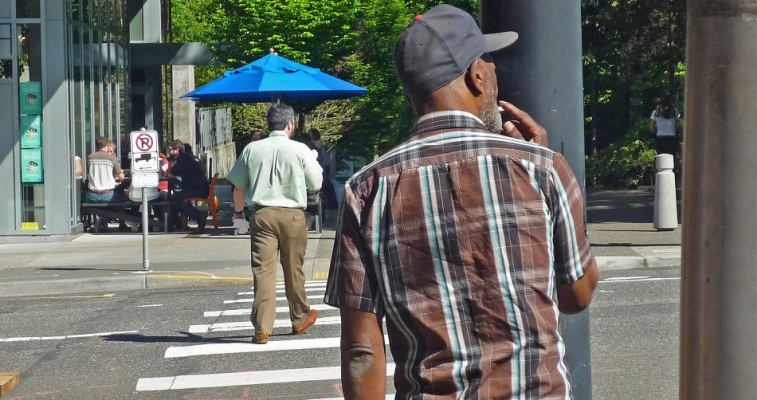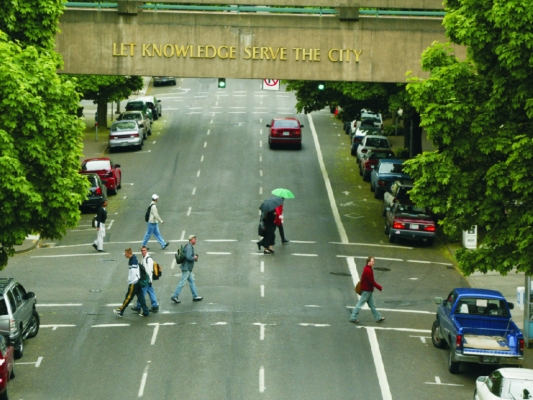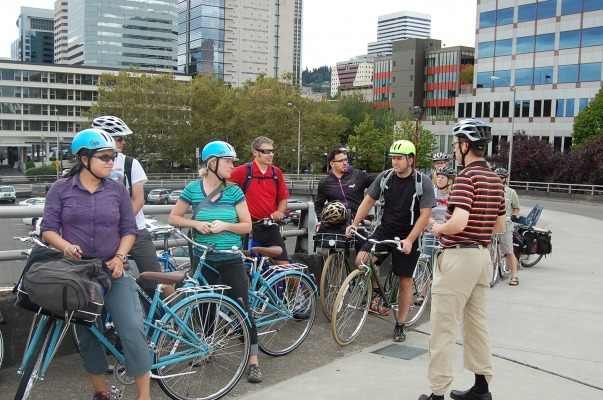Three Portland State University graduate students in the Nohad A. Toulan School of Urban Studies and Planning used GIS technology to collect and analyze residents’ thoughts about walkability needs for Portland, Oregon’s northeast Cully neighborhood.
In PPGIS, community input is used to create GIS-based data and diagnostics maps which can inform planners’ decision-making process. Team members Travis Driessen, Brandi Campbell and Eduardo Montejo worked with community-based organizations and residents to assess the needs of the Cully neighborhood’s pedestrian network using PPGIS methods.
Prior to this project, Driessen, who is working toward a graduate certificate in Geographic Information Systems at PSU, was already collaborating with David Hampsten, a board member of the Hazelwood Neighborhood Association and member of the East Portland Action Plan, to help Prioritize Portland! – a coalition consisting of multiple organizations including the ...
Read more
